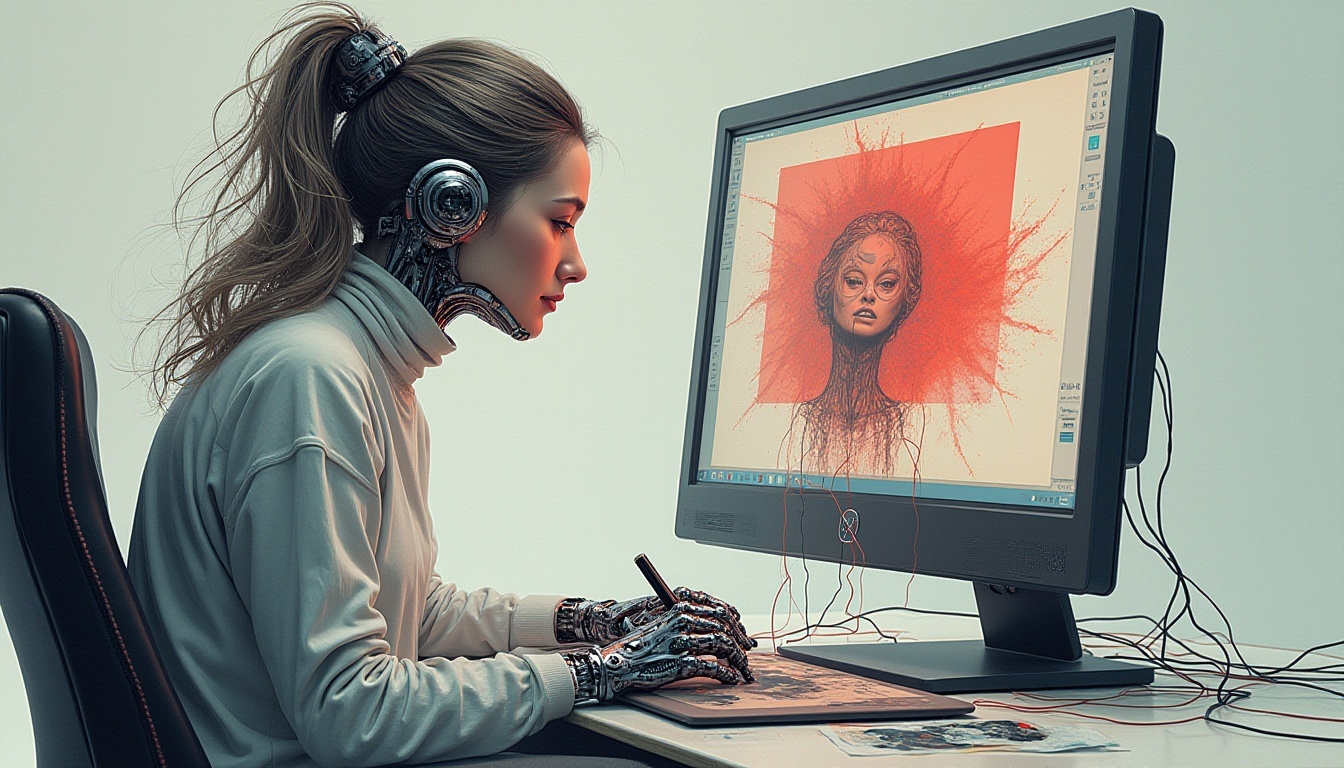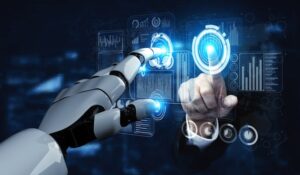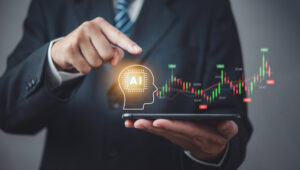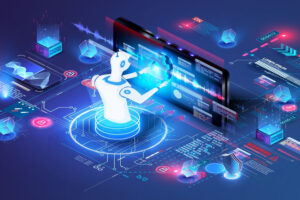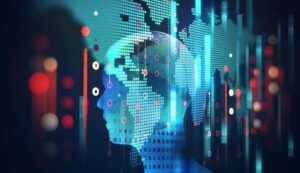In the realm of digital illustration, the integration of AI has sparked a transformative wave that is reshaping how artists create and interact with their work. As technology advances, AI in digital illustration has become a pivotal force, offering a myriad of possibilities that extend beyond traditional techniques. This exciting intersection of art and technology is opening doors for digital creators to explore new horizons, redefine their creative processes, and elevate their artwork to unprecedented levels.
With AI technology becoming more accessible and sophisticated, digital illustrators are finding innovative ways to enhance their artistic expression. The potential of AI in digital illustration lies not only in its ability to automate repetitive tasks but also in its capacity to inspire and push the boundaries of creativity. This article delves into the profound impact of AI on digital illustration, exploring its current applications, benefits, and the future it holds for artists worldwide.

The Evolution of Digital Illustration
Digital illustration has come a long way since its inception, evolving alongside technological advancements. Initially, artists relied on basic software tools to create digital artwork. However, with the advent of AI-driven tools, artists now have access to a wide array of features that enhance their creative capabilities. This evolution signifies a shift from manual to machine-assisted artistry, allowing artists to achieve complex visual effects with greater ease and precision.
How AI is Revolutionizing Art
The integration of AI in digital illustration is revolutionizing the way artists approach their craft. AI algorithms can analyze vast amounts of data and generate unique artistic patterns, offering artists new perspectives and ideas. This technological collaboration empowers artists to experiment with different styles, colors, and compositions, resulting in artwork that is both innovative and captivating.
Moreover, AI tools can mimic various artistic techniques, enabling artists to create realistic textures and intricate details. By leveraging AI’s capabilities, digital illustrators can focus more on the creative aspects of their work, while the technology handles technical complexities.
Applications of AI in Digital Illustration
The applications of AI in digital illustration are vast and varied. From automated sketching and colorization to style transfer and image enhancement, AI tools are assisting artists at every stage of the creative process.
Automated Sketching and Colorization
AI-powered software can automatically generate sketches based on input images, providing artists with a solid foundation to build upon. Additionally, AI algorithms can suggest color palettes and apply colorization techniques that align with the artist’s vision, saving time and effort.
For detailed insights into how AI processes design inputs, you can visit How AI Processes Design Inputs.
Style Transfer and Image Enhancement
Style transfer algorithms allow artists to apply the style of one image to another, creating unique and visually striking artwork. This technique enables artists to experiment with different artistic styles without the need for extensive manual adjustments. Additionally, AI-driven image enhancement tools can improve image quality, enhancing details and refining textures.
To explore more about AI’s impact on artistic expression, check out AI for Artistic Expression.
Benefits of AI in Digital Illustration
The incorporation of AI in digital illustration offers numerous benefits, making it an invaluable asset for artists. One of the primary advantages is the ability to streamline workflows and increase productivity. AI tools can automate repetitive tasks, such as image resizing and background removal, allowing artists to focus on the creative aspects of their projects.
Enhanced Creativity and Innovation
AI empowers artists to push the boundaries of their imagination, inspiring new ideas and creative approaches. By analyzing existing artwork and generating novel patterns, AI algorithms can serve as a source of inspiration for artists seeking to explore uncharted territories in their work.
The Future of AI in Digital Illustration
The future of AI in digital illustration holds immense potential for further innovation and growth. As technology continues to evolve, AI tools will become more sophisticated, offering even greater capabilities to digital artists. This evolution will likely lead to the development of new artistic techniques and styles, enriching the world of digital illustration.
For insights into the future of AI in design, visit OpenAI for Graphic Design.
AI as a Collaborative Partner
As AI becomes more integrated into the artistic process, it will serve as a collaborative partner rather than a mere tool. Artists will continue to guide the creative direction, while AI assists in executing their vision with precision and efficiency. This symbiotic relationship will redefine the boundaries of digital illustration, fostering a harmonious blend of human creativity and technological innovation.
Challenges and Considerations
While the integration of AI in digital illustration offers numerous benefits, it also presents certain challenges and considerations. Artists must navigate issues related to copyright and ownership of AI-generated artwork. Additionally, there is a need for continuous learning and adaptation as AI technology evolves.
Ethical and Copyright Concerns
The use of AI in art raises important ethical questions regarding the ownership and authorship of AI-generated content. Artists and developers must work together to establish guidelines and frameworks that address these concerns, ensuring that AI tools are used responsibly and ethically.
For a deeper understanding of AI’s role in responsive design, visit AI for Responsive Design.
Adapting to Technological Advancements
As AI technology continues to advance, artists must stay informed about the latest developments and learn how to effectively integrate these tools into their workflows. Embracing continuous learning and experimentation will be essential for artists seeking to harness the full potential of AI in digital illustration.
Conclusion
The integration of AI in digital illustration marks a significant milestone in the evolution of art and technology. By enhancing creativity, streamlining workflows, and inspiring innovation, AI is empowering digital creators to explore new possibilities and redefine the boundaries of their craft. As we look to the future, the collaboration between AI and artists will continue to shape the world of digital illustration, ushering in a new era of creativity and artistic expression.
To learn more about how AI is transforming design projects, visit ChatGPT for Design Projects.

FAQ
What is the role of AI in digital illustration?
AI plays a crucial role in digital illustration by automating repetitive tasks, enhancing creativity, and inspiring new artistic approaches. It empowers artists to explore innovative styles and techniques, pushing the boundaries of their work.
How does AI enhance creativity in digital illustration?
AI enhances creativity by analyzing existing artwork and generating unique patterns and ideas. This technological collaboration inspires artists to experiment with different styles, colors, and compositions, resulting in captivating and innovative artwork.
What are the ethical concerns related to AI-generated art?
The use of AI in art raises ethical concerns regarding copyright and ownership of AI-generated content. Artists and developers must establish guidelines to address these issues, ensuring responsible and ethical use of AI tools in the creative process.

